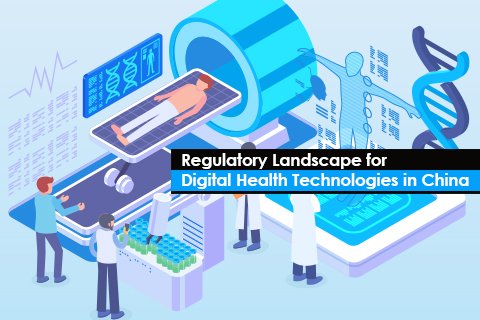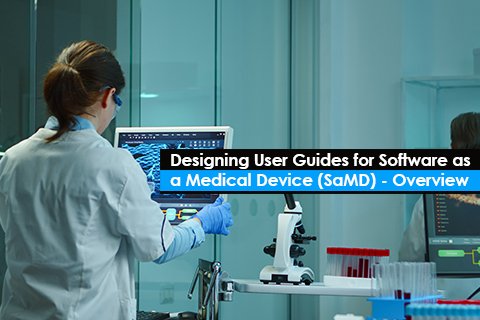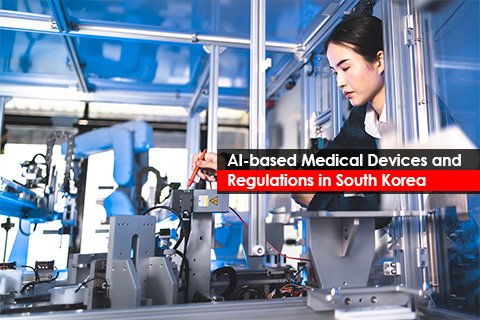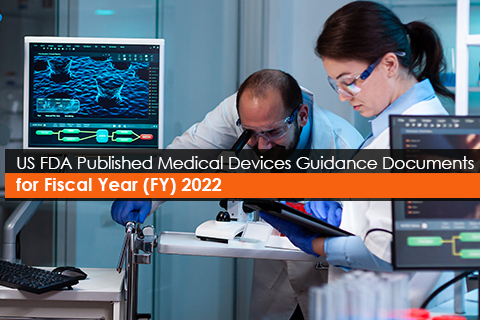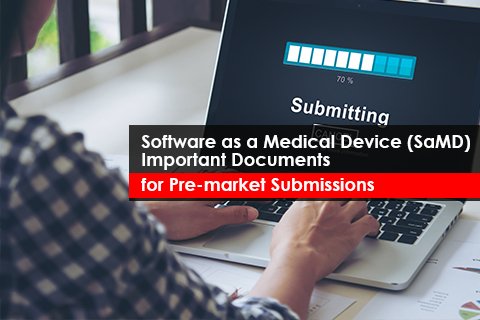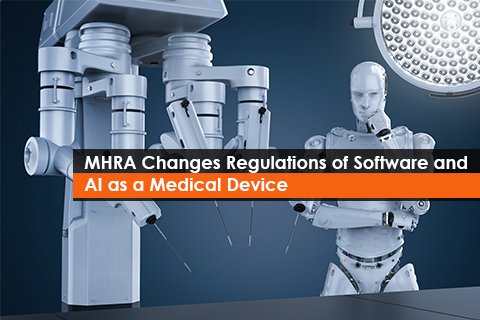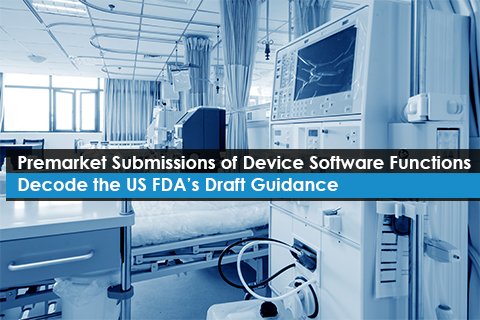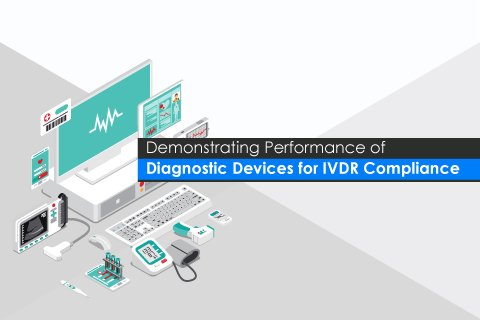Resolution for Regulation of Software as Medical Device (SaMD) in Brazil

The National Health Surveillance Agency of Brazil (ANVISA) published a resolution RDC no. 657 on March 30, 2022, regulating Software as a Medical Device (SaMD). The resolution has been effective since July 1, 2022.
